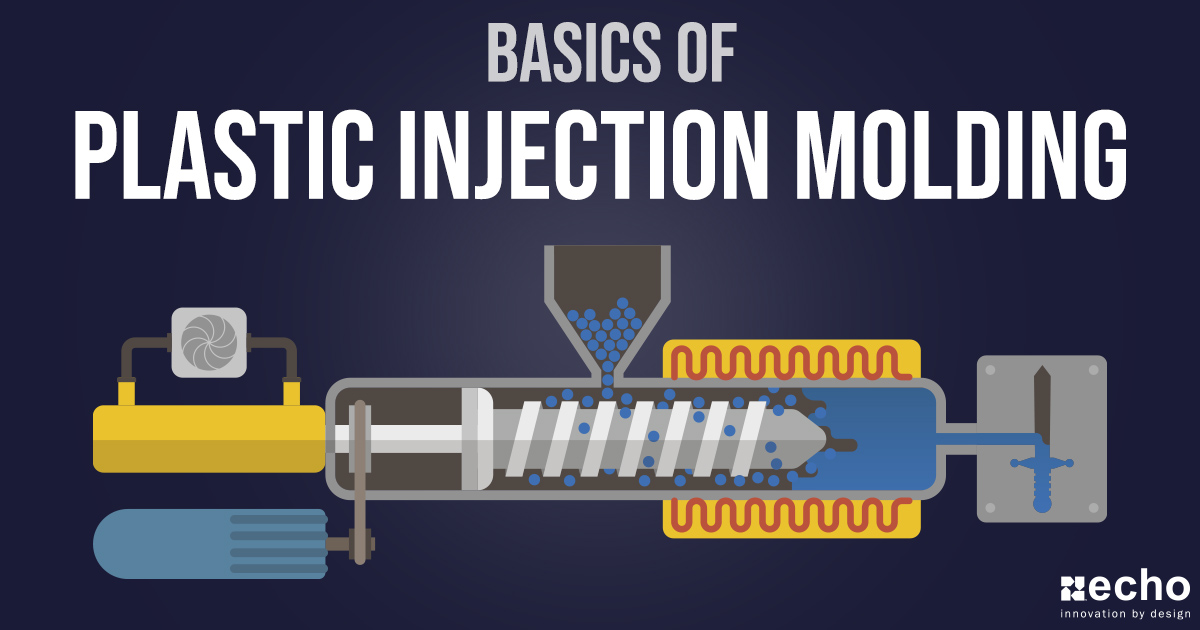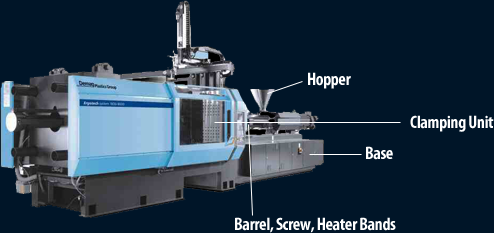Little Known Questions About Lean Manufacturing.s
Wiki Article
Things about Oem
Table of ContentsSome Ideas on Manufacturing Industries You Should KnowSee This Report about Manufacturing IndustriesAdditive Manufacturing Fundamentals ExplainedThe Of Manufacturing IndustriesThe Plastic Manufacturing IdeasWhat Does Lean Production Do?
The text on this web page is an example from our full White Paper 'Shot Moulding for Customers' - * Sample message * - for complete overview click the download switch over! Introduction This overview is intended for individuals that are looking to resource plastic mouldings. It offers a much required insight into all that is entailed with producing plastic components, from the mould tool required to the moulding procedure itself.If you want to explore better, the guide covers types of mould tools, along with special completing processes such as colours & plating. Words that are underscored can be discovered in the glossary in the appendix ... Component I: Moulding: The Essentials The Benefits of Injection Moulding Plastic injection moulding is an extremely exact process that uses numerous advantages over other plastic processing approaches.
Accuracy is ideal for extremely complex parts. Contrasted to other techniques, moulding allows you to include even more functions at very small resistances. Look at the photo to the right. die casting. You can hold this moulding in the hand of your hand and also it has employers, ribs, steel inserts, side cores as well as openings, made with a gliding shut down attribute in the mould device.
A Biased View of Manufacturing


A Biased View of Die Casting
from material feed Product melting; material injectionProduct cooling time and ejection as well as the re-closing of the mould tool ready for prepared next cycleFollowing Draft angles - The wall surfaces of a moulded component should be slightly tapered in the direction in which the component is expelled from the mould device, to permit the component to be expelled quickly.Ejector stroke - The pressing out of ejector pins to expel the moulded component from the mould tool. Ejector stroke speed, size as well as timing requires to be meticulously managed to stop damages to the ejectors and also mould tool, however at the exact same time make the moulding cycle as short as feasible.

See This Report on Lean Production
Ribs - When a plastic part has slim walls, ribs are included in the style to make the thin walls more powerful Side important site cores - Side action which produces a function on a moulded component, at an opposing angle to the typical opening direction of the mould tool. lean production. The side core requires to be able to pull back as the plastic component can not be expelled otherwise.
Walls - The sides of a moulded part The text on this web page is a sample from our full White Paper 'Shot Moulding for Customers'.
Manufacturing procedure for creating components by injecting liquified product right into a mould, or mold and mildew Simplified diagram of the process Shot moulding (united state punctuation: injection molding) is a manufacturing procedure for generating components by injecting liquified product right into a mould, or mold. Shot moulding can be carried out with a host of products mostly consisting of steels (for which the process is called visit their website die-casting), glasses, elastomers, confections, and most generally polycarbonate and also thermosetting polymers. Shot moulding is extensively used for producing a range of parts, from the tiniest components to whole body panels of autos. Breakthroughs in 3D printing innovation, using photopolymers that do not thaw during the shot moulding of some lower-temperature thermoplastics, can be utilized for some see here now simple shot moulds. Injection moulding makes use of a special-purpose device that has 3 components: the injection unit, the mould and also the clamp.
The Greatest Guide To Manufacturing Industries
Process features [modify] Injection moulding uses a ram or screw-type plunger to compel liquified plastic or rubber product into a mould cavity; this strengthens right into a form that has satisfied the shape of the mould. It is most generally made use of to refine both polycarbonate and also thermosetting polymers, with the quantity use the former being considerably higher.: 13 Thermoplastics prevail as a result of features that make them very suitable for shot moulding, such as simplicity of recycling, versatility for a wide selection of applications,: 89 as well as ability to soften and move on home heating.In several dental caries moulds, each cavity can be identical and create the same components or can be distinct and also create several various geometries during a solitary cycle.
The screw provides the raw product onward, blends and also homogenises the thermal and also viscous circulations of the polymer, as well as minimizes the needed heating time by mechanically shearing the material as well as including a significant amount of frictional home heating to the polymer. The product feeds onward with a check valve and gathers at the front of the screw into a quantity recognized as a shot. When sufficient material has collected, the material is compelled at high stress as well as rate into the component creating dental caries. The exact quantity of contraction is a feature of the resin being utilized, and can be relatively predictable. To protect against spikes in stress, the process typically utilizes a transfer setting representing a 9598% complete dental caries where the screw changes from a consistent rate to a consistent stress control.
Examine This Report about Lean Manufacturing
The packaging stress is used till the gate (cavity entrance) strengthens. Due to its little size, the entrance is generally the initial location to solidify with its whole thickness.: 16 Once the gate solidifies, no more material can enter the dental caries; accordingly, the screw reciprocates as well as obtains product for the following cycle while the product within the mould cools down so that it can be expelled and also be dimensionally stable.Report this wiki page